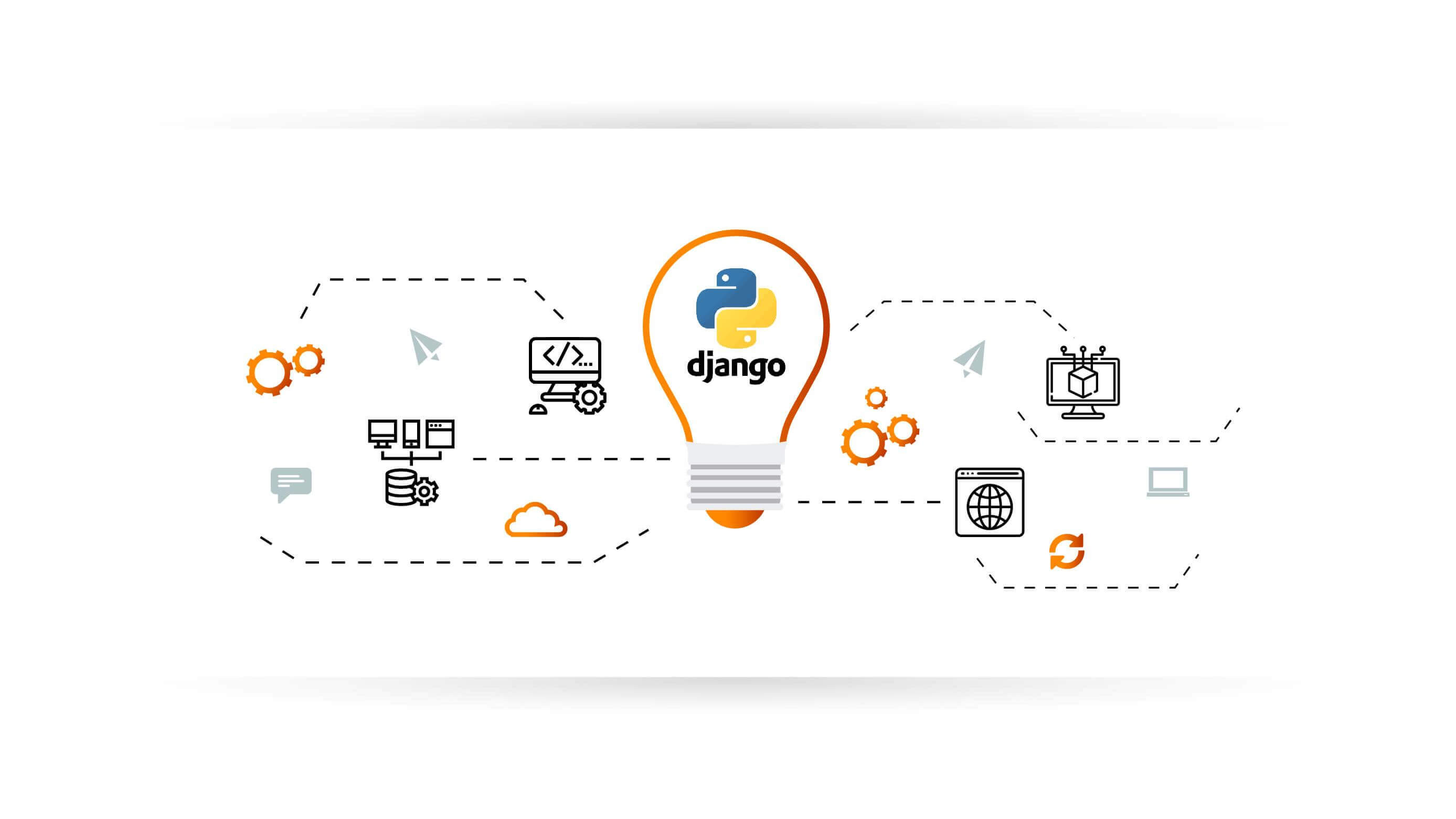Candid Insights
Exploring the latest trends and stories that shape our world.
Django and Donuts: Bake Your Web Apps with Style
Bake stylish web apps with Django! Discover delicious tips and tricks to sweeten your development journey. Dive in for a tasty treat!
Building Your First Django App: A Step-by-Step Guide
Building your first Django app can seem daunting, but with the right approach, it can be a rewarding experience. Start by ensuring that you have Python and Django installed on your machine. You can do this by running pip install django in your terminal. Once installed, create a new Django project by executing django-admin startproject myproject. This will create a new directory called myproject with all the necessary files for your app. Now, navigate into the project directory and create your first app using python manage.py startapp myapp. This is the foundation on which you will build your application, so take time to understand the structure of the files created.
After setting up your app, it's time to define your models. Open the models.py file in the myapp directory and create classes that represent the data structure of your application. For instance, if you're building a blog app, you might define a Post model with fields like title, content, and published_date. Once your models are set, run python manage.py makemigrations followed by python manage.py migrate to create the database tables. Don’t forget to register your models in admin.py so you can manage them through the built-in admin interface, making the development process smoother.

Deliciously Styled Django: Best Practices for Web Design
When it comes to web design with Django, adhering to best practices is essential for creating a user-friendly and visually appealing interface. Firstly, ensure your design is responsive; this means it should look great on devices of all sizes, from desktops to smartphones. Utilizing Django's template engine allows developers to create clean, maintainable code while seamlessly separating logic from design. Another important practice is to prioritize accessibility by following guidelines such as the Web Content Accessibility Guidelines (WCAG), ensuring that all users, including those with disabilities, can navigate your site with ease.
Additionally, the use of a CSS framework can significantly enhance the styling of your Django application, saving time and ensuring consistency across various pages. Frameworks like Bootstrap or Tailwind CSS provide pre-designed components that can speed up development while promoting a cohesive look. Remember to optimize images and resources to improve loading times, which is crucial for user satisfaction and SEO rankings. Finally, regularly evaluate your design through methods like user testing and iterations based on feedback, as this will keep your site not only attractive but also functional and engaging.
Django vs. Flask: Which Framework is Right for Your Project?
When choosing between Django and Flask, it's essential to consider the specific requirements of your project. Django is a high-level web framework that encourages rapid development and clean, pragmatic design. It follows the 'batteries-included' philosophy, meaning it offers a lot of built-in features like an ORM, authentication, and an admin panel, making it ideal for larger applications or projects that require a robust backend. In contrast, Flask is a micro-framework that provides the essentials for web development, allowing for greater flexibility and simplicity, which makes it suitable for smaller projects or applications that prioritize customization and minimalism.
To help you decide, consider the following key points:
- Django might be the better choice if you need:
- A complete web framework with many built-in tools.
- Security features out-of-the-box.
- A scalable solution that can grow with your project.
- Flask is more appropriate if you prefer:
- A lightweight framework that is easy to use.
- More control over components and libraries in your application.
- A project that may not require extensive functionality initially.